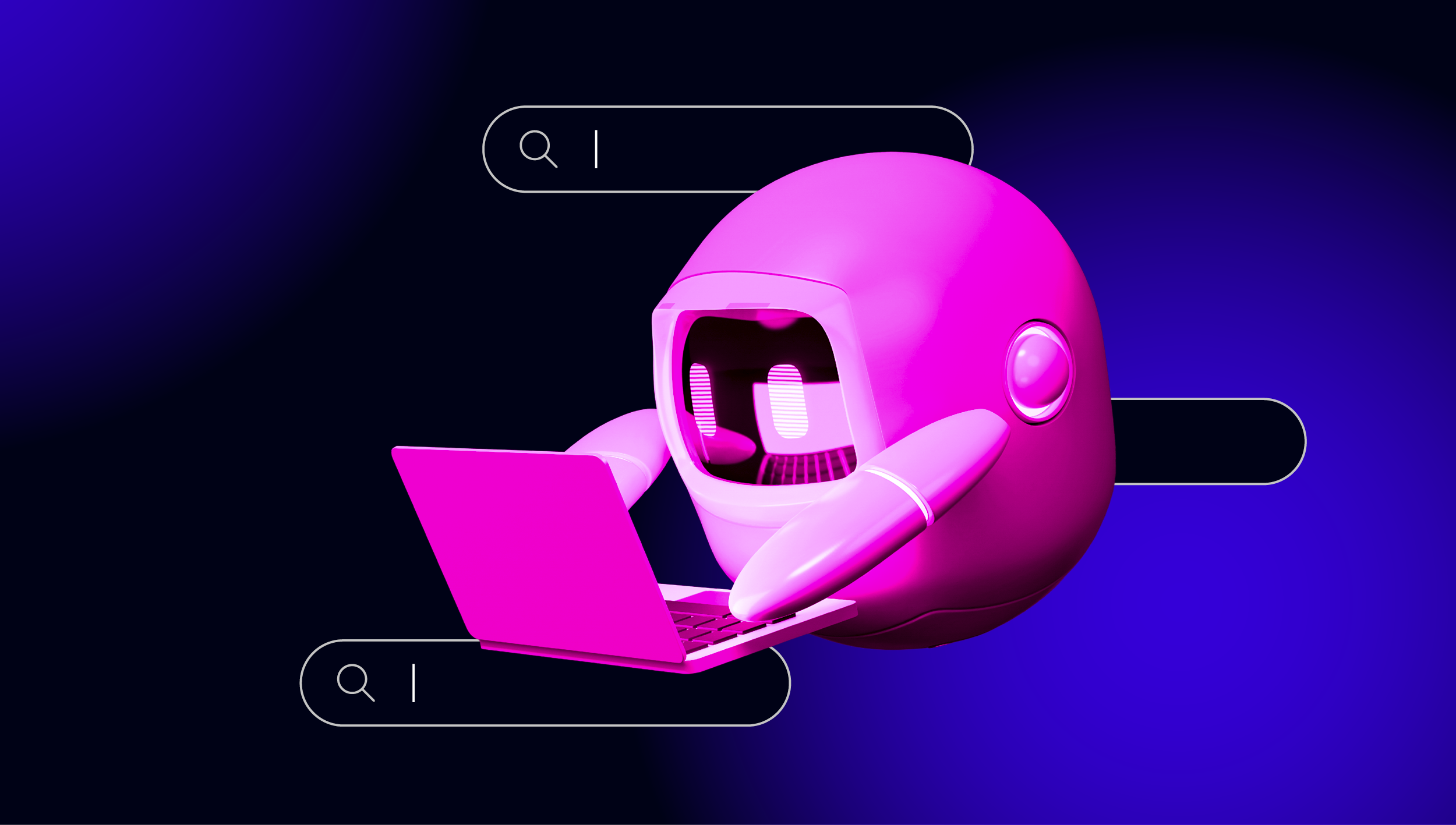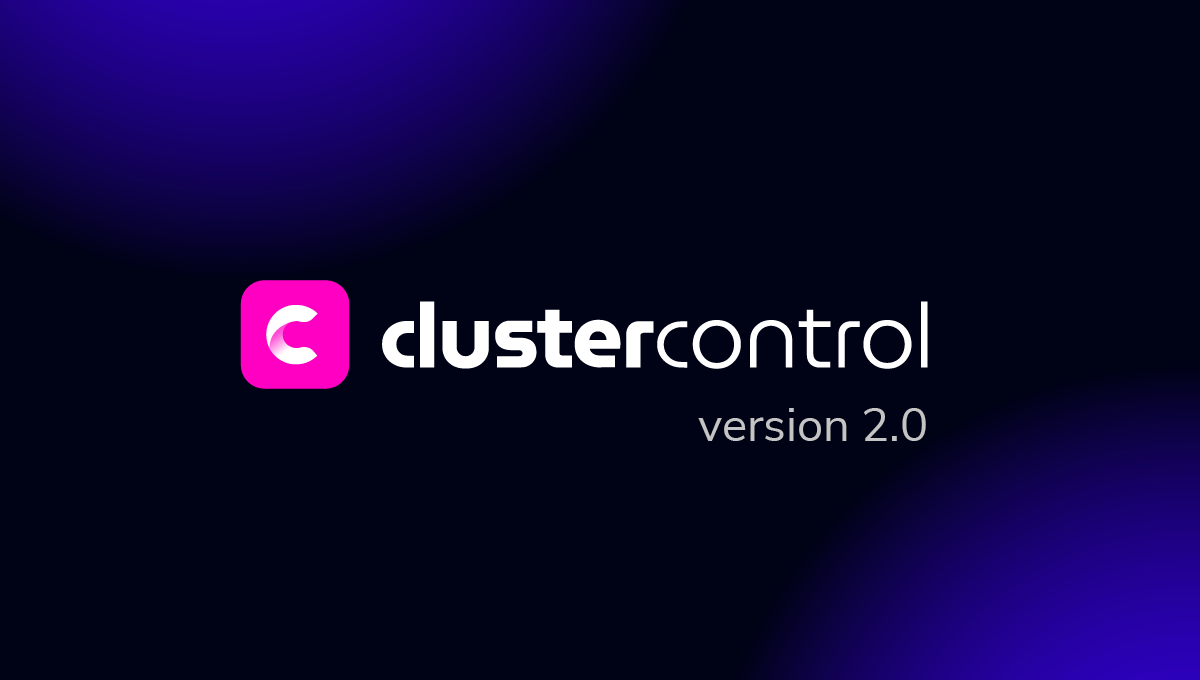blog
Webinar Replay: Introducing ClusterControl 1.2.6 – Managing Your MySQL, MariaDB & MongoDB Clusters

Thanks to everyone who attended and participated last week’s joint webinar on ClusterControl 1.2.6! We had great questions from participants (thank you), most of which are transcribed below with our answers to them.
If you missed the sessions or would like to watch the webinar again & browse through the slides, they are now available online.
Webinar topics discussed:
- Database Infrastructure Lifecycle
- Deploy, Monitor, Manage, Scale
- MySQL, MariaDB & MongoDB Clusters
- ClusterControl Overview & Demo
- ClusterControl New Features in 1.2.6 & Demo
- Centralized Authentication using LDAP or Active Directory
- Role-Based Access Control
- OpenStack: Galera Deployment Automation
- Hybrid setups with Galera and Asynchronous MySQL Replication
- Manage single instance MySQL Servers or existing MySQL Replication setups
Watch the replay
Read the slides
Read the Questions & Answers:
Q. Is it possible to add/exchange MySQL nodes via command line interface or cluster controller API, so this process can be automated?
A. Yes, we have a RESTAPI. This blog describes it : https://staging1.severalnines.com/blog/clustercontrol-rest-api-automate-your-database-cluster
Q. What are the failure scenarios for the cluster controller node – is it single point of failure? What are the ways to recover a cluster controller node? Is it safe to reboot it?
A. Failure of the controller node will not bring down your database cluster. Yes, it is safe to reboot it, and when the node starts, then cmon controller service will be started. It is also possible to have a standby controller, if the primary would fail, the standby can take over.
Q. How does one start a standby controller? Do you have some docs/tutorials on how to configure this setup?
A. Please read this blog for details: http://support.severalnines.com/entries/27449776-Installing-ClusterControl-Standby-Server
Q. Does the failed/not available controller node affect the whole cluster? Is there any downtime while switching to standby controller or rebooting?
A. No, the underlying database cluster is not affected if the controller is down.
Q. Is it possible to automatically upload scheduled backups to S3? How does one restore a node from a specific backup?”
A. S3 : no, it cannot be scheduled right now. Restore: We have a command line tool to restore backups, s9s-backup/s9s_backupc that is a wrapper around xtrabackup. See more here: http://support.severalnines.com/entries/23523886-Restore-Xtrabackup-on-Galera-Cluster
Q. What do we have to do to change existing configuration (my.cnf) and propagate the changes to all cluster nodes? Is it doable as one action or do we have to do it for each node?
A. Currently, from the UI, each my.cnf file needs to be updated, and then rolled out.
Q. How does one best configure SSL protection for a whole cluster? We want our MySQL nodes using some specific cert file, how we can do it?
A. To use SSL, you need to set it up following suitable MySQL documentation and also Galera docs. We currently do not have any tool that assists with that phase.
The following blog posts are useful:
- http://www.mysqlperformanceblog.com/2013/06/22/setting-up-mysql-ssl-and-secure-connections/
- http://www.mysqlperformanceblog.com/2013/05/03/percona-xtradb-cluster-for-mysql-and-encrypted-galera-replication/
Q. How do we set up a Galera MySQL cluster that also replicates to DR over WAN? Is there a performance impact to set up that way?
A. In Galera, the cluster is as fast as the slowest node. You can however improve WAN replication performance by using Galera segments available in Galera 3.x. Deploy a MySQL 5.6-based Galera Cluster. Have a look at: https://staging1.severalnines.com/blog/release-webinar-introducing-galera-3
Q. Is it possible to start using ClusterControl on an existing MySQL Galera Cluster and monitor/scale etc…?
A. Yes, it is possible. Please see: http://support.severalnines.com/entries/45804993-Add-Existing-Cluster
Q. Centos/Debian/Ubuntu are all fully supported?
A. Yes
Q. When talking about removing a server (- sign) I believe you remove that single node from the management console not actually removing the node from the cluster, do you?
A. It will take the node out of the cluster. It stops the MySQL instance and removes all references to it in ClusterControl.
Q. Removing a node that easy might be quite tricky on a management dashboard operated by people that are not fully qualified DBA’s?
A. You have the possibility to assign privileges and create users. E.g, the Admin is allowed to perform all management tasks, but your developers only have read access.
If you have any additional questions, feel free to contact us or post them below in the comments section.
ABOUT CLUSTERCONTROL
Setting up, maintaining and operating a database cluster can be tricky. ClusterControl gives you the power to deploy, manage, monitor and scale entire clusters efficiently and reliably. ClusterControl supports a variety of MySQL-based clusters (Galera, NDB, 5.6 Replication) as well as MongoDB/TokuMX-based clusters.
Happy clustering!




